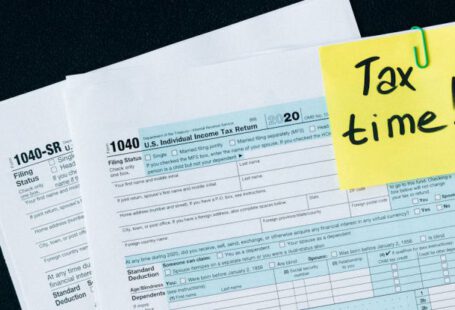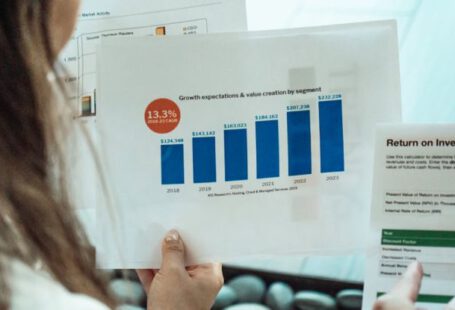Share buybacks have become a popular corporate finance strategy in recent years, with many companies utilizing this method to return capital to shareholders. This practice involves a company repurchasing its own shares from the open market, effectively reducing the number of outstanding shares. While share buybacks can offer several benefits to both companies and investors, there are also some drawbacks to consider. In this article, we will explore the pros and cons of exiting through share buybacks.
Enhancing Shareholder Value
One of the primary motivations behind share buybacks is to enhance shareholder value. By reducing the number of outstanding shares, a company can increase its earnings per share (EPS) and potentially boost its stock price. This can be attractive to investors looking for companies that are actively working to improve shareholder returns. Additionally, share buybacks can signal to the market that a company believes its stock is undervalued, which can instill confidence in investors.
Flexibility in Capital Allocation
Share buybacks offer companies flexibility in how they allocate capital. Instead of committing to regular dividend payments, which can be difficult to sustain during economic downturns, companies can choose to repurchase shares when they have excess cash on hand. This allows companies to adapt to changing market conditions and invest in their own growth when opportunities arise. Share buybacks can also be a tax-efficient way to return capital to shareholders, as investors may prefer capital gains over dividends.
Mitigating Dilution
Another advantage of share buybacks is that they can help mitigate dilution. When a company issues new shares, either through employee stock options or convertible securities, existing shareholders’ ownership stake can be diluted. By repurchasing shares, companies can offset this dilution and help maintain the ownership percentage of current shareholders. This can be particularly important for investors who are concerned about their ownership stake being eroded over time.
Boosting Earnings and Financial Ratios
Share buybacks can have a positive impact on a company’s financial metrics. By reducing the number of outstanding shares, companies can boost their earnings per share, return on equity, and other key financial ratios. This can make the company more attractive to investors and analysts, potentially leading to a higher stock price. Additionally, share buybacks can be a way for companies to deploy excess cash in a manner that is accretive to earnings, especially when compared to alternative uses of capital.
Concerns Over Market Timing
Despite the potential benefits of share buybacks, there are also concerns related to market timing. Companies that repurchase shares when their stock price is at a peak may end up overpaying and eroding shareholder value. Similarly, companies that engage in share buybacks to boost their stock price in the short term may be criticized for prioritizing short-term gains over long-term value creation. Share buybacks can also be seen as a signal that a company lacks better investment opportunities, leading to questions about its growth prospects.
Impact on Future Growth and Innovation
Critics of share buybacks argue that this practice can come at the expense of future growth and innovation. By allocating capital to repurchasing shares, companies may be forgoing investments in research and development, new product development, or strategic acquisitions that could drive long-term value creation. This can be particularly concerning in industries that require continuous innovation to stay competitive. Additionally, if a company relies heavily on share buybacks to support its stock price, it may struggle to attract long-term investors who are looking for companies that prioritize sustainable growth.
Conclusion: Balancing Share Buybacks
Exiting through share buybacks can offer various benefits, such as enhancing shareholder value, providing flexibility in capital allocation, and mitigating dilution. However, companies need to carefully consider the potential drawbacks, including concerns over market timing and the impact on future growth and innovation. Balancing the use of share buybacks with strategic investments that support long-term value creation is essential for companies looking to effectively manage their capital structure and maximize shareholder returns. Share buybacks can be a valuable tool when used judiciously, but they should not be seen as a substitute for sustainable growth strategies.





